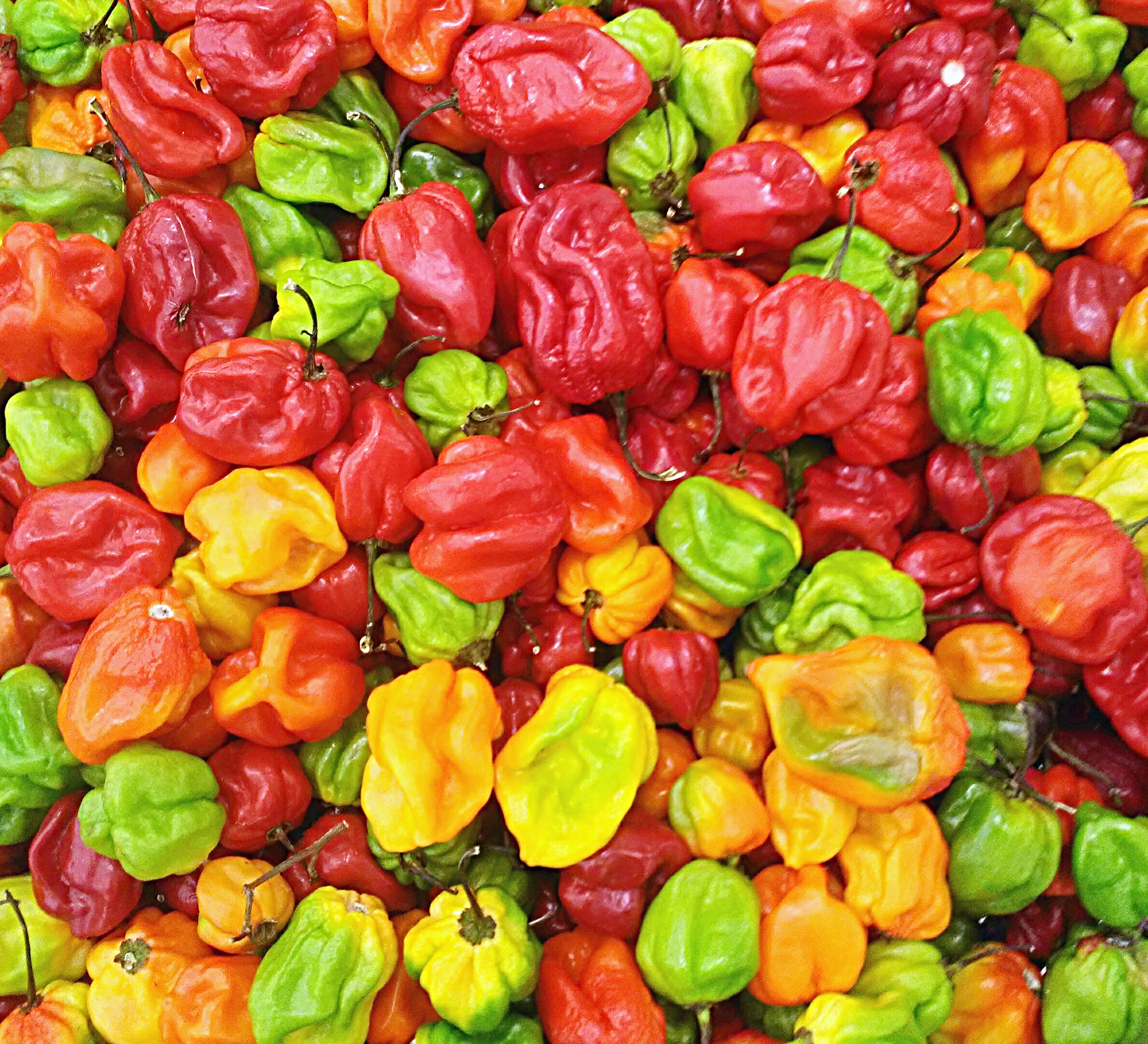Everyone has that comfort food that evokes good memories and a sense of well-being; something that makes you feel at home. It could be a dish from your childhood, during those joyful family gatherings at the table. Along the South-West Caribbean there is a dish that awakens these emotions in its people and stands out above the rest for its meaning, history, and excellent taste: the rondón.
The local gastronomy is more than the combination of flavours, scents, textures, colours, and shapes. Traditional dishes can reveal our origins and history, the place where we live, our customs, and way of live.

The rondón is a coconut milk-based stew dish, in which diverse vegetables are cooked, such as plantains and many edible tubers, as well as a variety of seafood, and seasoned with several condiments and spices. Its name comes from the English “run down” (made into powder), because the ingredients are cooked almost to falling apart (1). It is widely recognized that this dish first appeared in Jamaica, and was extended to other localities in Latin America and the Caribbean, following the migration of Afro-Antillean settlers. Thus, it is normal to find ingredient and preparation differences along the area, as well as very different names.
In the Archipelago of San Andrés, Providencia and Santa Catalina, it is also called run down or run dun in the San Andrés-Providencia creole of the Raizal people. In addition to fish, the run dun uses conc or queen conch (Lobatus gigas), cassava, yam, plantain and pig’s tail. In the Oriental region of Honduras (eastern of Honduras), Garífuna and Miskitia people eat fufu and tapauh, both are stew dishes of seafood, guineo (a variety of banana) and cassava. In the Caribbean coast of Nicaragua the rondón or rundown is popular in the regions with Miskitia influence, and in Bluefileds town, the chacalines’ rondón is very famous (chacalines is the local name for a seabob or small shrimp). In the Costa Rican Caribbean, localities with Afro-Caribbean culture such as Limón and Cahuita also prepare the rondón, as a seafood stew with coconut milk, green plantain, yam, and other vegetables. In Panamá, the indigenous people from the Guna Yala region eat the tulemasi or dulemasi, a coconut milk-based stew with guineo, cassava, a variety of pumpkins and parboiled fish.

In the Archipelago of San Andrés, Providencia and Santa Catalina, the rondón was traditionally prepared using species from the coral reefs surrounding the islands and cays from this Colombian archipelago (2, 3), such as old wife or queen triggerfish (Balistes vetula), brim or queen snapper (Etelis oculatus), silk or silk snapper (Lutjanus vivanus), and conc or queen conch (Lobatus gigas). However, depletion of coastal and coral reefs resources have forced fishing fleets to go further to more oceanic waters, and nowadays is common to eat rondón with pelagic species such as kinfish or wahoo (Acanthocybium solandri) and dolphin or mahi-mahi (Coryphaena hippurus) (4).
In coastal areas of the Honduras’ Oriental region, mangroves, estuaries and coastal lagoons dominate the landscape (5). Here, Miskitian settlers harvest seafood using diverse methods of artisanal fishing. The main species in their fisheries are sangni kaisni or blue swimming crab (Callinectes sapidus), karbanka kaisni or red swimming crab (Callinectes bocourti), likikia or burro grunt (Pomadasys crocro) and several species of kalwa or snook (Centropomus undecimalis and Centropomus pectinatus) (6).

The Nicaraguan Caribbean coast is an intricate system of coastal lagoons, estuaries and mangroves, including some islands and cays surrounded by coral reefs, such as the Miskito Cays and the Corn Islands (7, 8). In these regions common species capture by local fisheries are snappers (Lutjanus spp.), snooks (Centropomus spp.), groupers (Epinephelus spp.), and tapam or Atlantic tarpon (Megalops atlanticus) (9). The famous chacalines’ rondón of Bluefields, however, is prepared using a little shrimp called chacalín or Atlantic seabob (Xiphopenaeus kroyeri), which is commonly caught in Pearl Lagoon (Laguna de Perlas), used as a nursery ground by this species (10).
The Caribbean coast of Costa Rica has white sandy beaches and barrier coastal lagoons to the north, while the south shows low-energy sandy beaches, rocky headlands, and coral reefs (11). In the northern localities, estuarine species such as snooks (Centropomus spp.) and Atlantic tarpon (Megalops atlanticus) are commonly eaten, while in southern localities rondón is traditionally prepared with coral reefs species such as snappers (Lutjanus spp.), and wilk or whelk or west indian topshell (Cittarium pica) from rocky shores, and the blue swimming crab (Callinectes sapidus) from the coastal estuarine environments (12). Recently, more pelagic species such as the Atlantic mackerel (Scomber scombrus) are also used for preparing rondón.
The northern coast of Panamá is bordered by numerous islands, coral reefs, coastal lagoons, and seagrass beds (13). The Panamanian Caribbean has diverse regions such as Bocas del Toro, Chiriquí, and Colón, just to mention some of them; and their Caribbean gastronomy resembles the gastronomic style of the Caribbean Sea. However, the Guna Yala region, home of the Guna people, stands among all these. In order to prepare the dulemasi or tulemasi, the favorite species are the Atlantic mackerel (Scomber scombrus), needlefishes (family Belonidae), and jacks or trevallies (Caranx spp.).
The culinary diversity surrounding the rondón is just a small reflection of the impressive diversity of marine environments and species found in the Southwest Caribbean. In addition, the cultural diversity of this region could be seen in the many ways of seasoning this dish, changing among regions according to the local customs and available ingredients. In the Archipelago of San Andrés, Providencia and Santa Catalina, the Raizal people use black pepper, ginger, clove, and cinnamon as part of the British influence. In Honduras, Garífuna people season it with loroco (Fernaldia pandurata) and coriander, while Miskitia people in Nicaragua use coriander, an herb called nargán, onion, chiltoma or bell pepper, and oregano. In Costa Rica, people from the Limón province prepare the rondón with panamanian or habanero pepper, thyme and lime juice; while Guna people in Panama season their tulemasi with habanero pepper or ackee (Blighia sapida). The many cultures within the region have interacted several times during their long history inhabiting these littorals, sharing customs, ingredients, and recipes; in the same way marine ecosystems and species of the Southwest Caribbean are all interconnected.

References
(1) Bigley J. 2009. Jamaica-Montego Bay, Port Antonio and Ocho Rios. Hunter Publishing, Edison.
(2) Idárraga-García J, León H. 2019. Unraveling the underwater morphological features of Roncador Bank, Archipelago of San Andres, Providencia and Santa Catalina (Colombian Caribbean). Frontiers in Marine Science, 6, 77.
(3) Sánchez JA, González-Zapata FL, Dueñas LF, Andrade J, Pico-Vargas AL, Sarmiento A, Bolaños N. 2019. Corals in the mesophotic zone (40-115 m) at the barrier reef complex from San Andrés Island (Southwestern Caribbean). Frontiers in Marine Science, 6, 536.
(4) Castro E, Grandas Y, García C. 2007. Conocimiento pesquero tradicional: aplicación del análisis de consenso cultural para la evaluación y el manejo de la pesquería artesanal del la Isla de San Andrés, Colombia. Proceedings of the Gulf and Caribbean Fisheries Institute, 58, 117-122.
(5) Claudino-Sales V. 2019. Río Plátano Biosphere Reserve, Honduras. En: Claudino-Sales V (ed.) Coastal World Heritage Sites, pp. 61-66. Springer, Dordrecht.
(6) López EA, Gómez HP, Callejas NA, Pavón MF, Pérez JA, Martínez MA, Pinoth RE, Kräuter HJ. 2019. Pesquería artesanal en la Reserva del Hombre y la Biósfera del Río Plátano, Honduras. Revista UNAH Sociedad, 4, 44-65.
(7) Cuthbert MW, Smith DW, Arróliga O, Mendoza J, Torres N, Flores O. 2019. Índice de salud arrecifal (ISA) en los arrecifes coralinos de Cayos Miskitos. Revista Universitaria del Caribe, 22(1), 16-23.
(8) Salas RA, Castro WJO, Cuthbert MW. 2019. Análisis multitemporal de la cobertura de manglar en la Reserva Cayos Miskitos, 2006-2017. Revista Universitaria del Caribe, 22(1), 61-68.
(9) Schmitt KM, Kramer D.B. 2009. Road development and market access on Nicaragua’s Atlantic coast: implications for household fishing and farming practices. Environmental Conservation, 36(4), 289-300.
(10) van Anrooy R, Weijerman M. 1998. Commercialisation and specialisation in artisanal fisheries: the case of Pearl Lagoon, Nicaragua. Uniciencia, 15(1), 71-78.
(11) Cortés, J. (2016). The Caribbean coastal and marine ecosystems. En Kappelle M (ed.) Costa Rican Ecosystems, pp. 591-617. University of Chicago Press, Chicago.
(12) Jiménez C. 2015. Nuevo mundo, diversidad y gastronomía del Caribe Sur Costarricense. Revista Herencia, 28(2), 93-106.
(13) Guzman HM. 2003. Caribbean coral reefs of Panama: present status and future perspectives. En Cortés J (ed.) Latin American Coral Reefs, pp. 241-274. Elsevier Science, Amsterdam.


